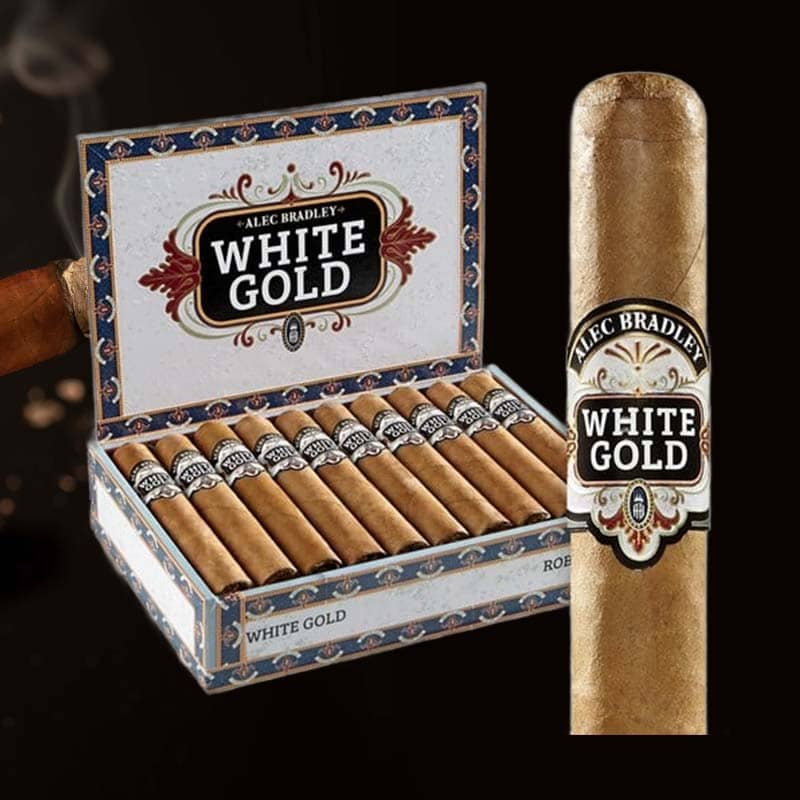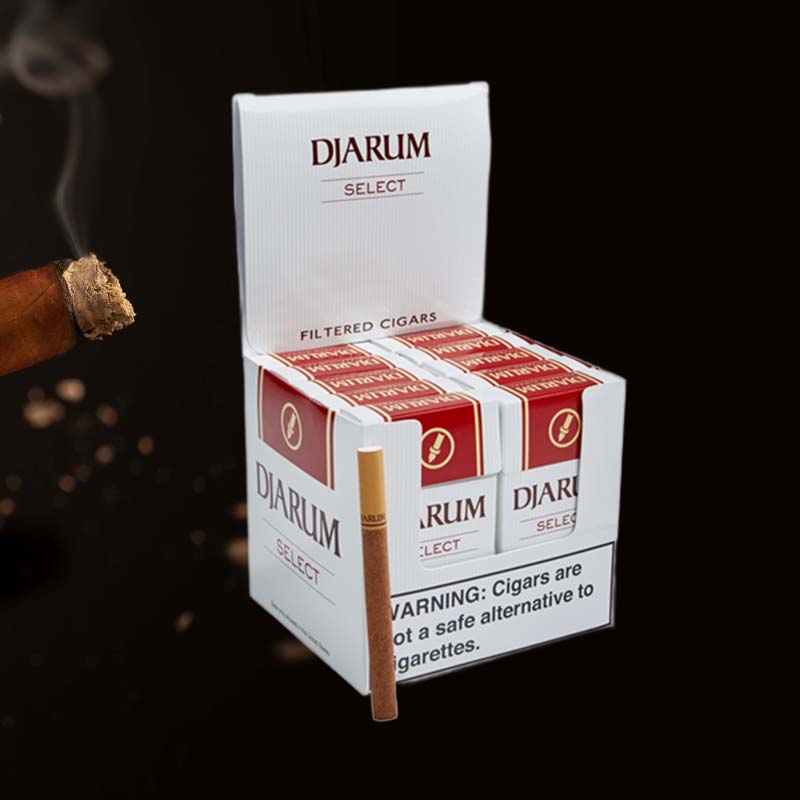How to bleed a torch lighter
How to Bleed a Torch Lighter
When I first discovered the world of torch lighters, Estaba cautivado. The precision, the beauty, y, let’s be honest, the thrill of that powerful flame were addictive. Sin embargo, a few weeks in, I encountered the dreaded issue: my once-dependable lighter began sputtering and failing to ignite. This led me to the crucial process of bleeding a torch lighter. Understanding how to do this not only saved my lighter but rekindled my love for the experience of using it. En esta guía, I’ll share everything I’ve learned, so you can keep your torch lighter in top shape.
Understanding Your Torch Lighter

What Sets Torch Lighters Apart?
Torch lighters are distinct for their ability to produce a robust flame, making them ideal for lighting cigars, velas, or even barbecues. The key features that set them apart include:
- Llama de temperatura más alta: They burn hotter than traditional lighters, which is great for thicker materials.
- Resistencia al viento: The flame is less affected by wind, enabling outdoor use without fuss.
- Precision Tips: Many models have finely tuned tips that allow for pinpoint accuracy.
I remember my first time lighting a cigar outdoors—the wind was fierce, but my torch lighter held its ground, and I felt like a pro. Understanding these features is key to ensuring you maintain your lighter effectively, especially when it comes to bleeding.
Signs That Your Torch Lighter Needs Bleeding

Check for Flame Issues
I’ve learned to pay attention to the behavior of my lighter. If you notice any of the following issues, it might be time to bleed your torch lighter:
- Flame sputtering or flickering.
- Flame height inconsistencies.
- No flame or very weak flame.
A little flutter in the flame can be alarming, especially when you’re about to light an expensive cigar. Trust me on this—bleeding your lighter can make all the difference.
Preparing to Bleed Your Torch Lighter

Recopilar las herramientas necesarias
Before jumping into the process, it’s essential to have the right tools at hand. Here’s what I ensure I have every time:
- Pequeño destornillador de cabeza plana (or similar tool).
- Butane fuel for refueling after bleeding.
- A clean cloth to wipe down your lighter.
Getting these items ready ahead of time makes the entire process smooth and easy. Imagine having to hunt down tools when all you want is that reliable flame.
Steps to Bleed a Torch Lighter
Paso 1: Locate the Bleed Valve
Every torch lighter has a bleed valve, which is often located near the base. It usually looks like a small metallic circle that can be pressed down.
Paso 2: Release the Existing Pressure
Using your small flathead screwdriver, gently press down on the valve to release gas. It’s best to do this in a well-ventilated area. You should hear a hissing sound as the gas escapes—it’s quite satisfying!
Paso 3: Close the Valve After Bleeding
Once you feel confident that the pressure has been relieved, remove the tool, and ensure the valve is closed tightly to prevent any leaks. This small step is pivotal in avoiding mishaps.
Después del sangrado: Reabasteciendo el encendedor de su antorcha

Paso 1: Selecting the Right Butane Fuel
Choosing high-quality butane is critical. I always opt for pure butane with minimal additives to ensure a clean burn. It really helps when lighting up!
Paso 2: Proper Refueling Technique
Inverted refueling is key here. Mantenga el encendedor al revés, insert the nozzle of the butane canister into the fill valve, y presione hacia abajo. Fill until you feel resistance or see butane bubbling back out slightly. It’s a bit of an art form, trust me!
Post-Bleeding Care
Wait for Your Lighter to Stabilize
After refueling, it’s important to let your lighter sit for a minute or so. This gives the pressure and gases a chance to stabilize.
Check the Flame After Refueling
Once you’ve waited, it’s time to test the flame. I always find it exhilarating to see if my efforts paid off. The flame should ignite without hesitation and burn steadily.
Preventing Air from Entering the Lighter

Minimize the Risk of Air Infiltration
If you want to keep your lighter functioning optimally, it’s important to minimize air entry. After refueling, I make sure the canister is properly sealed, and the valve is tightly closed.
Routine Maintenance for Torch Lighters

Consejos de limpieza para un rendimiento óptimo
To keep my lighter in peak condition, Lo limpio regularmente. Wiping it down after each use and giving it a deep clean monthly has helped prolong its lifespan tremendously.
Solución de problemas de problemas comunes

Identifying and Fixing Flame Problems
If there are still flame issues after bleeding and refueling, thoroughly check for clogs and clean the nozzle. Sometimes a simple clean can restore your lighter to its former glory.
Conclusión
Maintaining Efficiency for Longevity
By learning how to bleed my torch lighter and understanding the intricacies of its maintenance, I’ve not only saved money but also ensured that my lighter remains a reliable companion in my smoking rituals. I hope this guide helps you keep yours in top shape as well!
Preguntas frecuentes

How do you bleed air out of a torch lighter?
You can bleed air out by locating the bleed valve, gently pressing it with a tool to release gas, and then sealing it tightly once done.
¿Cómo se purga un encendedor de antorcha??

Purging a torch lighter involves the same process as bleeding—finding the valve, pressing it to release pressure, ensuring all gas is expelled.
How do you drain the fuel out of a torch lighter?

To drain fuel, you can bleed it as described, allowing the lighter to fully depressurize and letting excess fuel escape.
¿Cómo se arreglas un encendedor de antorcha de pulverización??

Fixing a sputtering lighter often requires bleeding the lighter to remove excess air, followed by refueling properly.





